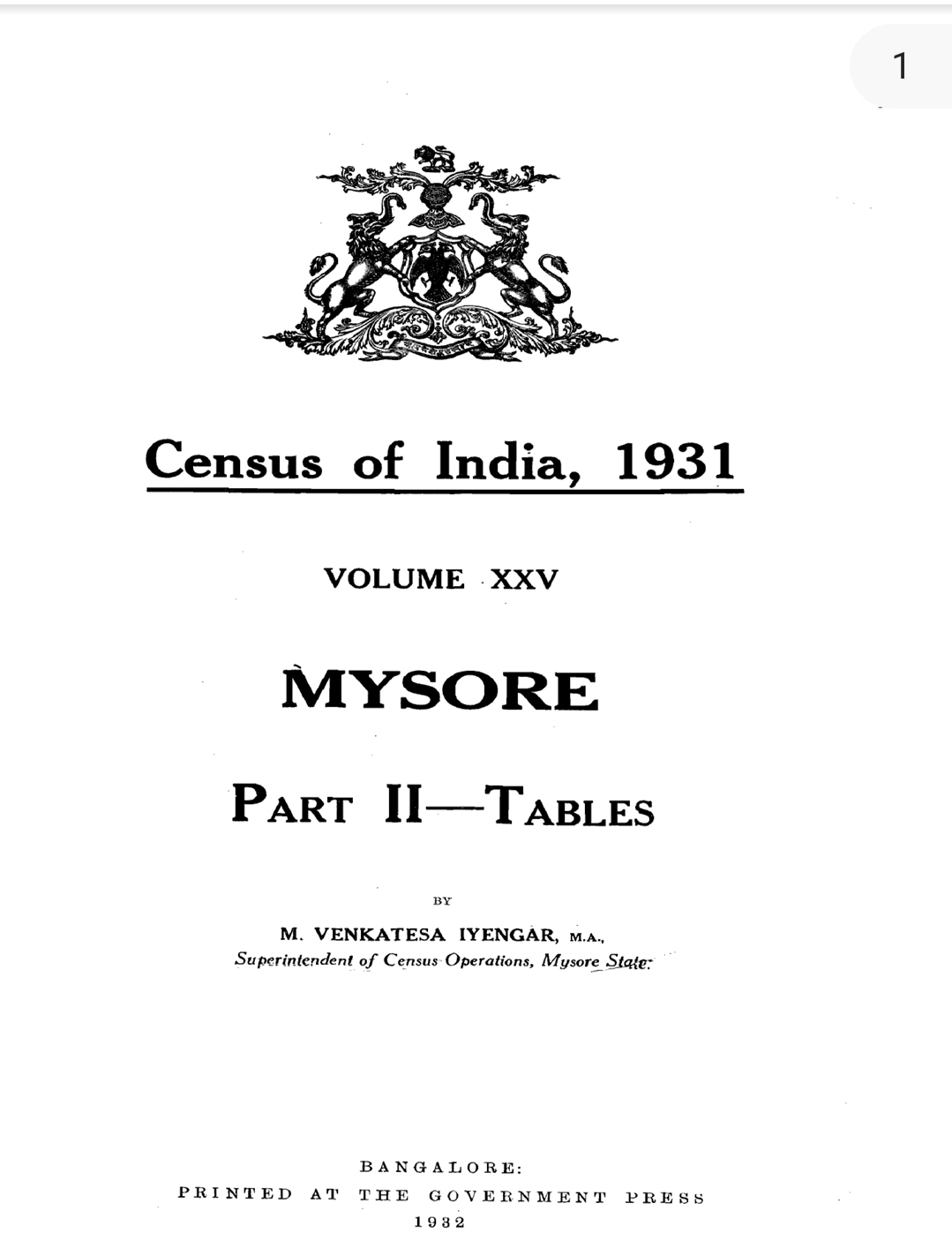The Pulicat Handkerchiefs and Madras Checks.
The Pulicat handkerchiefs, a vibrant and unique textile tradition, are among the most fascinating examples of India's rich handloom heritage. These handkerchiefs, were woven in Pulicat also known as Pazhaverkadu 60 kms from Madras became a symbol of economic and cultural competition during the Indian colonial period. Their significance extended far beyond textiles, contributing to the intense rivalry between European trading powers the Dutch and the British over control of India's lucrative trade.
Pulicat, a historic port town, was a center for the weaving of fine cotton textiles, particularly handkerchiefs. These were crafted using traditional handloom techniques, often with checkered patterns and vibrant colors. The simplicity, durability, and aesthetic appeal of these handkerchiefs made them highly sought after, both locally and internationally. Pulicat's strategic location along the Coromandel Coast further facilitated its prominence as a hub for textile production and trade.
The Dutch East India Company (VOC) arrived in Pulicat in the early 17th century, recognizing its economic potential. They established a fort, Fort Geldria, in 1610, marking their stronghold in the region. Pulicat became the VOC's administrative and commercial headquarters on the Coromandel Coast. The Dutch capitalized on the demand for Pulicat handkerchiefs, exporting them to Southeast Asia, Europe, and even the African coast, where these textiles were exchanged for slaves and other goods.
The handkerchiefs, often bartered for slaves in West Africa, were integral to the Dutch triangular trade system. This made Pulicat a vital part of the VOC's global trading network, enhancing its economic dominance in the region.
The British East India Company (EIC) emerged as a formidable competitor to the Dutch in the 17th and 18th centuries. While the Dutch initially dominated trade on the Coromandel Coast, the British sought to wrest control of key ports and textile production centers, including Pulicat. The British recognized the commercial importance of Pulicat handkerchiefs and their role in the slave trade and European markets.
The rivalry between the Dutch and the British over Pulicat was emblematic of broader competition for dominance in India's trade. The Pulicat handkerchiefs became a key commodity in this struggle, representing not only economic value but also strategic control over trade routes and markets.
To undermine the Dutch textile trade the British encouraged weavers in Madras to replicatee Pulicat handkerchiefs, this textile fabric is known as Madras Checks.
The British ultimately overshadowed the Dutch in India, but the legacy of the Pulicat handkerchiefs lives on as a reminder of the interconnectedness of local traditions and global trade during the colonial era.
The Pulicat handkerchiefs were more than just textiles; they were symbols of India's integration into global trade networks and the colonial powers' competition for economic supremacy.
Today, efforts to revive the traditional weaving of Pulicat handkerchiefs underscore the enduring cultural and historical significance of this weave.It stand as a testament to India's vibrant textile heritage and the dynamic role it played in shaping global history.
"The loom teaches patience, and the weaver becomes a poet through threads."







Comments
Post a Comment